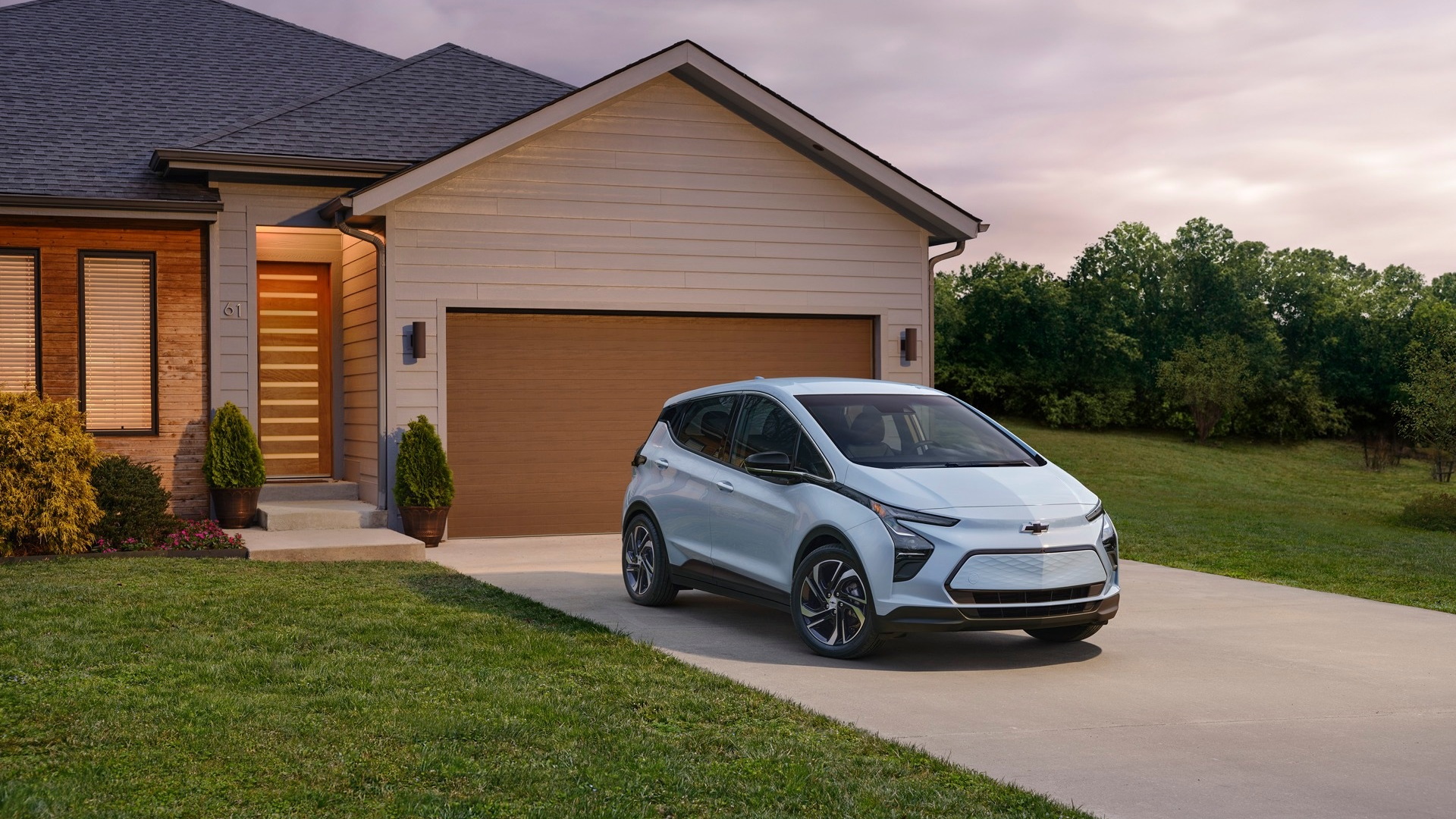Ceatec Japan is an annual conference highlighting the latest advances in electronics and information technology, so Nissan chose this venue to roll out a modified Leaf prototype equipped with limited autonomous capabilities.
Called the NSC-2015, the specially-modified LEAF is fitted with a remote monitoring system and 4G communications, which link to a driver’s smartphone. When the driver exits the vehicle, NSC-2015 looks for an available space before parking itself and awaiting the driver’s return.
While parked, NSC-2015 continuously monitors its surroundings, notifying the owner via smartphone if suspicious activity is detected. When it’s time to leave, the driver simply summons the car to his or her location via a smartphone app.
One advantage of imaging-based systems over GPS-based systems is that location and route finding isn’t based on satellite access; in other words, the NCS-2015 can (theoretically) find its way out of a deep sub-basement, without need for satellite guidance.
As Green Car Reports points out, the Nissan is nowhere near as advanced as Google’s self-driving Toyota Prius, and isn’t likely to progress beyond the prototype stage in Japan (which has no provisions for driverless cars at the moment).
On the other hand, U.S. states like Florida, California and Nevada do allow (or will allow) autonomous vehicles, so its possible that the technology could find its way into certain markets in the not-too-distance future. If the naming convention is accurate, we’d bet that future begins in 2015.


